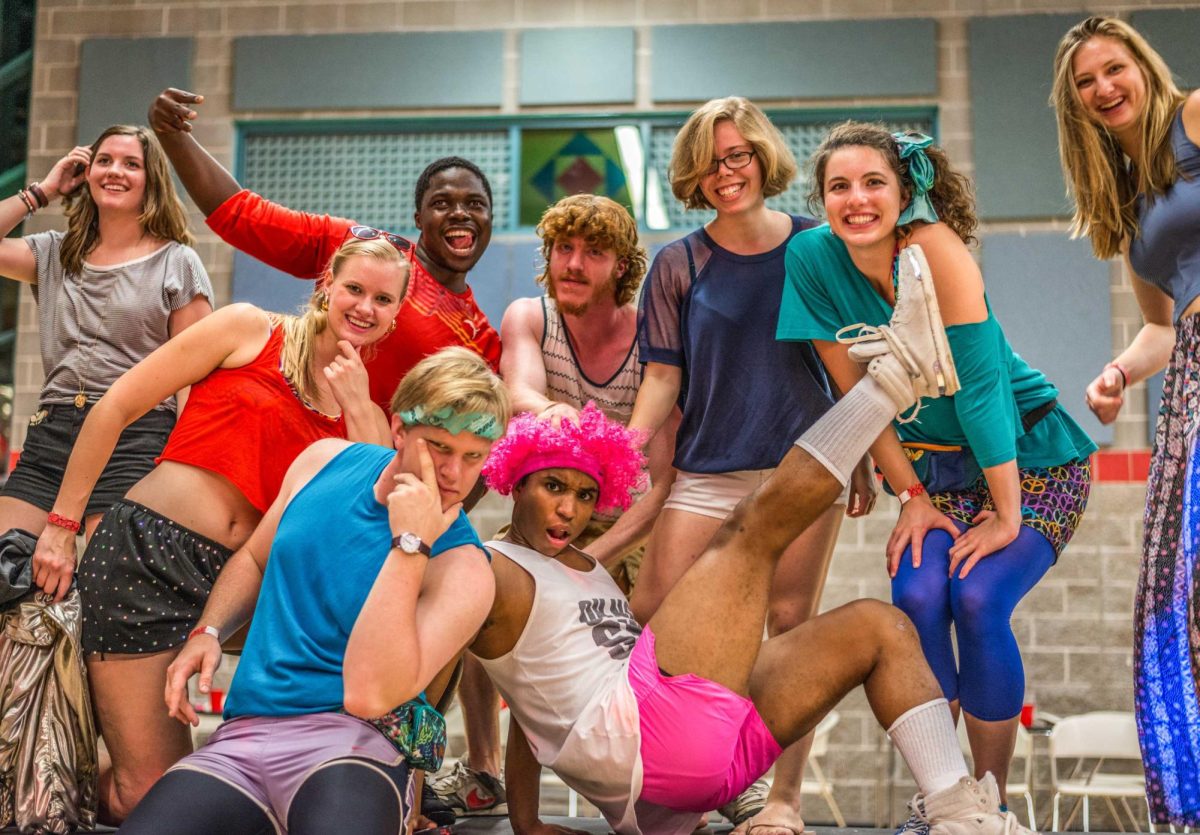The World Bank defines “moderate poverty” as living on less than two U.S. dollars a day, but the International Students Organization (ISO) begs to differ.
On the final day of the Poverty Symposium this past week, the ISO presented “International Perspectives on Poverty,” a panel in which six members gave firsthand accounts of socioeconomic conditions in their home country.
The reports illustrated the many and varied face of poverty, while also subverting Western notions of what makes an impoverished foreign nation.
“We are hoping to raise awareness about how what is defined as poverty, looks different in every country.” said ISO Social Coordinator Wadzanai Motsi ’12. “We want people to be aware that the image of starving women and children you see on TV is not universal, yes it happens but there is so much more to the story and we think people should understand that.”
As part of the presentation, ISO displayed a number of items from across the globe that could be bought for one U.S. dollar in hopes of demonstrating that cultural habit should dictate the definition of poverty, rather than a fixed monetary amount.
Items on display that amounted to one dollar included a bunch of bangles from India, a can of Coca-Cola, a newspaper and a pack of cigarettes from Egypt, as well as a bag of chips from the U.S.
“We’re trying to show a dollar can range from a good meal to a pack of cigarettes to a string bracelet. We’re trying to show that a dollar is not cheap in other countries and the definition of poverty is not properly defined,” said ISO member Shivani Santoki ’11.
ISO member Biva Rajbhandari ’12 of Nepal said the “dollar exhibit” lends itself to a more refined portrayal of poverty than the statistical indicators that many of us use.
“Poverty depends on culture. In Nepal, we don’t have washing machines because people wouldn’t use it—they would say washing machines are less effective,” Rajbhandari said. “To classify the Nepalese as impoverished because they do not have washing machines would be inaccurate.”
Rajbhandari carried with her an elegant Nepalese picture frame that cost almost a dollar.
In the reworking of the Western notion of poverty, the ISO presentation casted a strong indictment against the Western image of the impoverished foreigner. They said the pervasive media representations of poverty neglect cultural customs and create a fallacious notion of a universal poverty.
“In Latin America, farmers don’t wear shoes. It’s not they are impoverished—they have a lot of food and trade amongst other farmers,” said ISO member Luis Vallejo ’13. “If the image of a shoeless farmer is on TV, people will assume the farmer is impoverished.”
Although “International Perspectives on Poverty” may be ISO’s most visible contribution to the Poverty Symposium, their ambition to portray the experience of poverty in a realistic and culturally informed manner extends far beyond the presentation.
On Friday, the group will be holding a fundraiser for “Every Child is My Child” and next week they will be screening a series of documentaries that deal with issues of international poverty, all are encouraged to attend.


















































